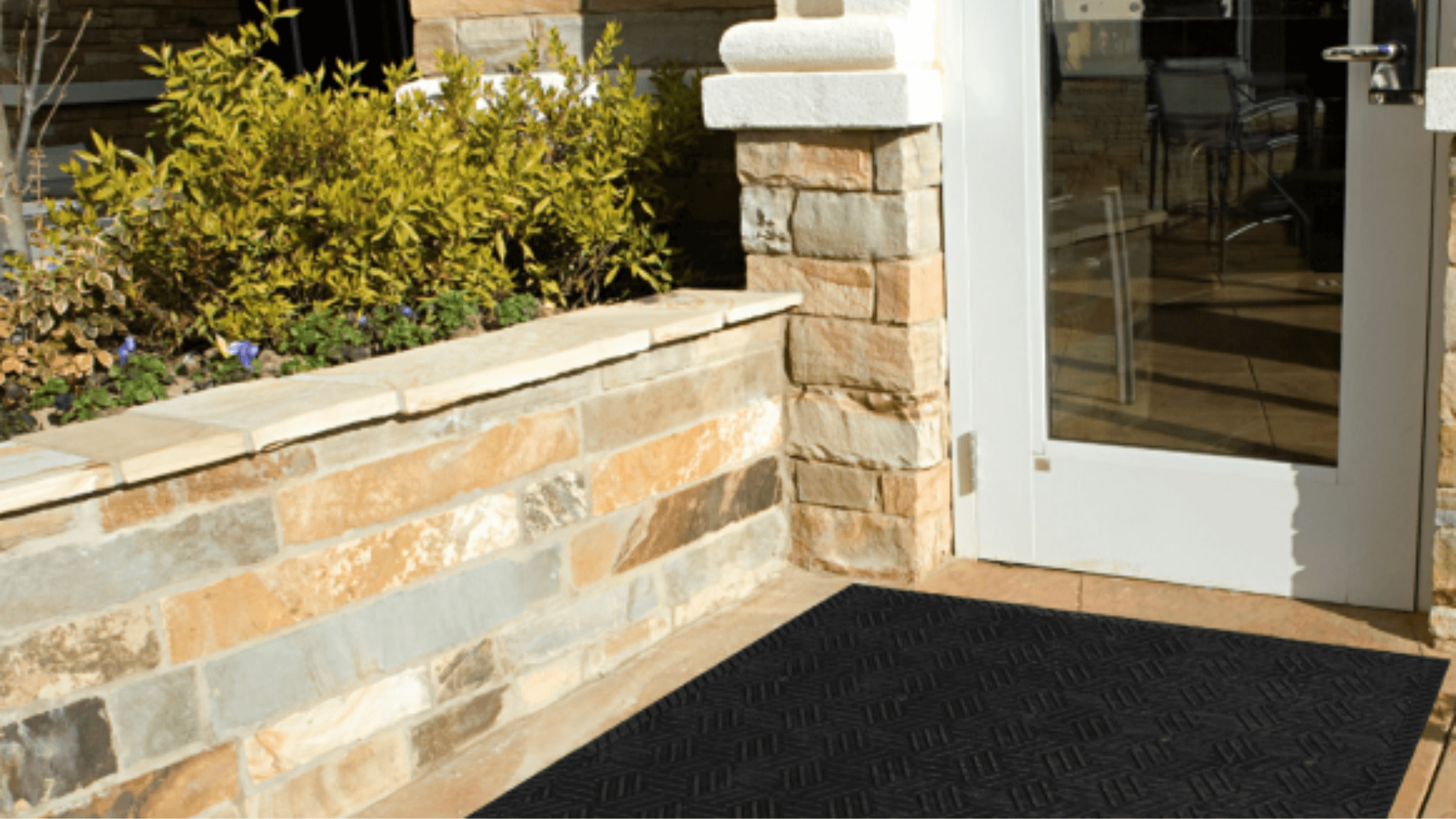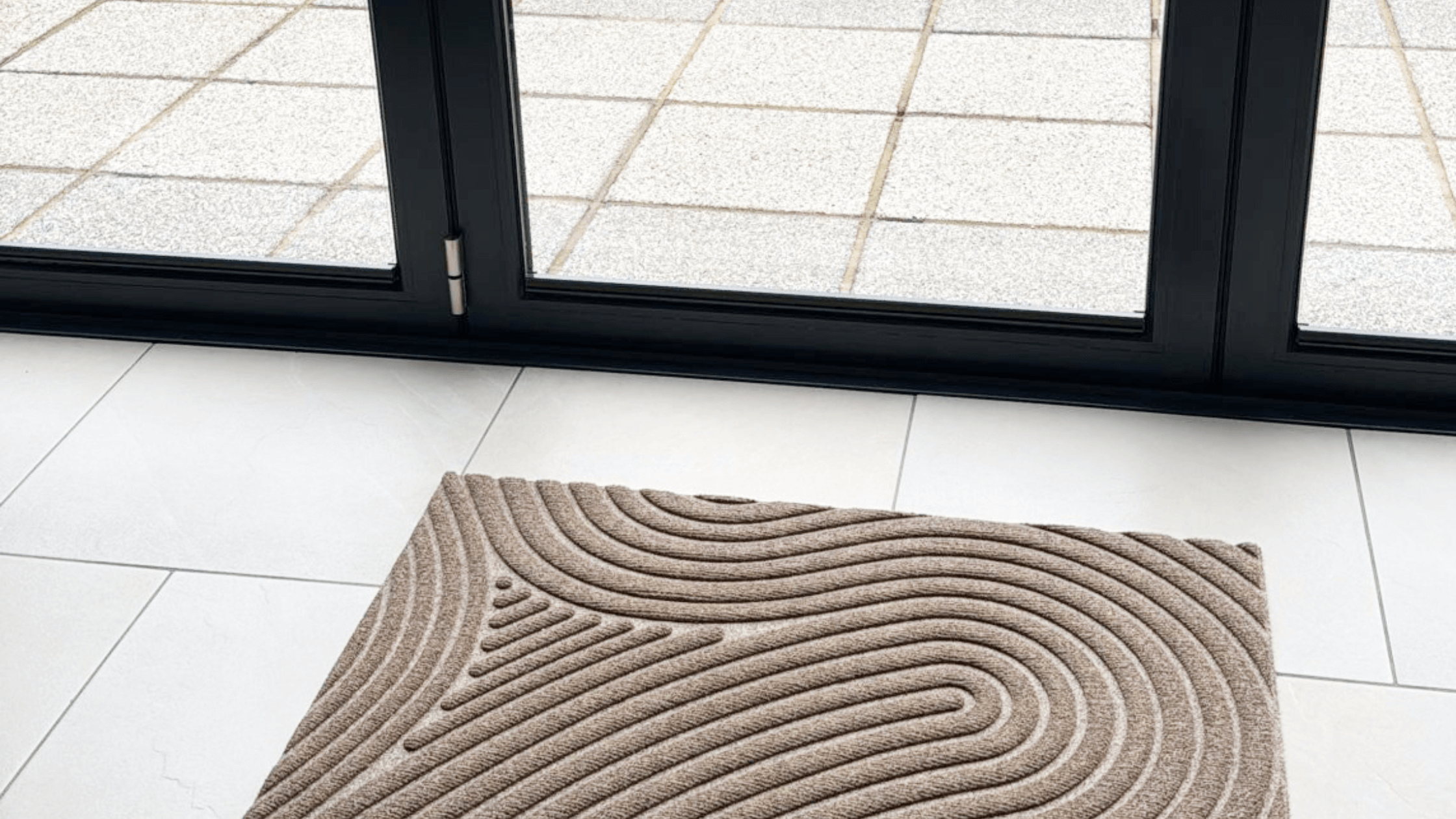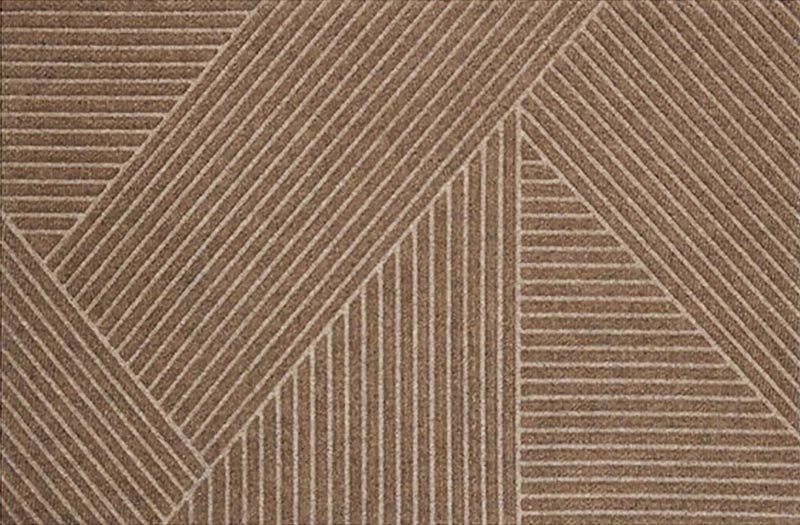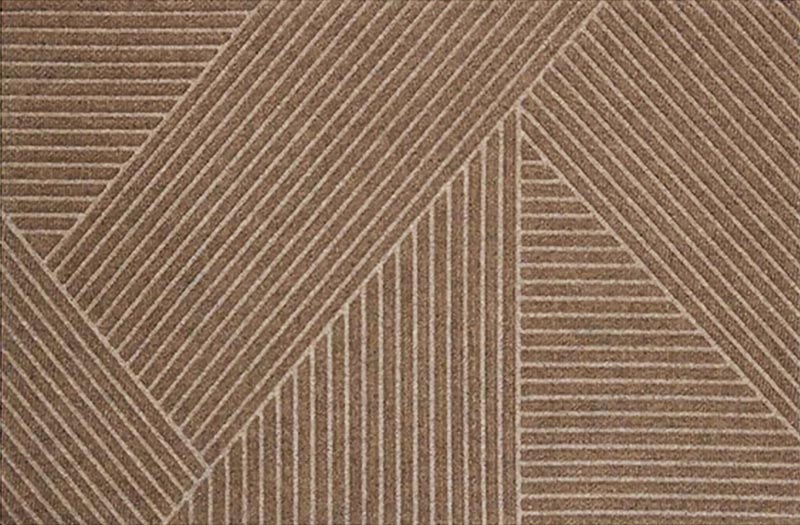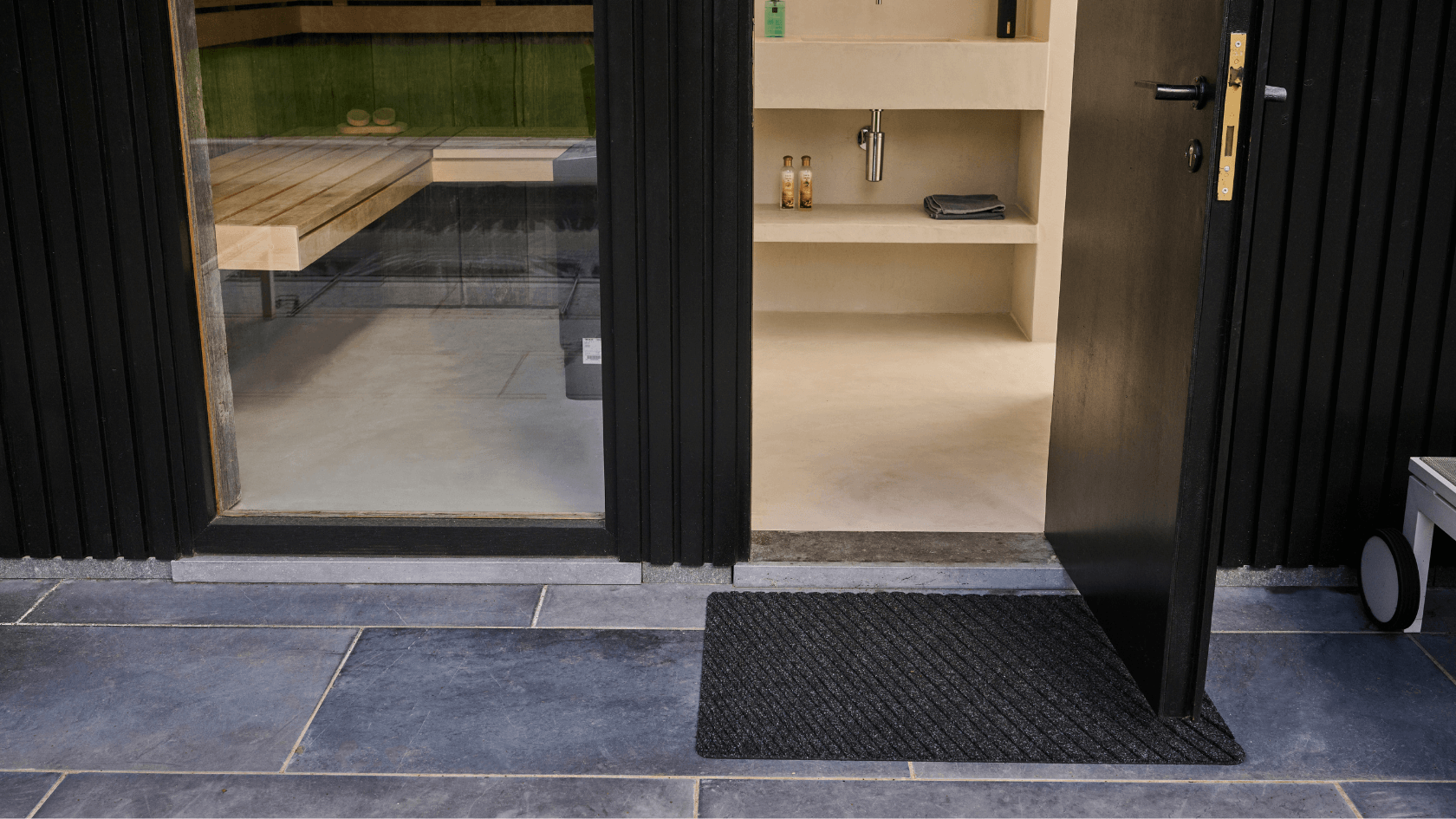
Why Most Outdoor Doormats Fail (And Which Ones Really Work)
Welcome in ladies and gentelmats before we start. If you want more of a broad overview on the best outdoor doormats, then read our article: The Truth About Weather-Tested Outdoor Doormats.
Your single doormat might only be doing half the job. Experts (*Us) recommend using two heavy duty door mats outside that provide optimal protection. A scraper mat handles dirt and debris, while an absorbent mat tackles moisture. This explains most outdoor doormats' failure to keep homes truly clean.
How do I choose an exterior doormat?
Material quality determines how long your doormat will last. High-quality synthetic fiber mats made from nylon, polyester, or PET can serve you well for 3–5 years with good care. Natural fiber mats like coir usually last 1–3 years because they wear out faster.
Key Features to Think Over:
- Non-slip Functionality: Mats with rubber backing give better stability than latex options.
- Moisture Control: Microfiber, cotton, and solution-dyed PET excel at pulling away water.
- Traction: Your mat should grip both the ground and shoe soles well.
Rubber mats work best in high-traffic areas. They stand up to weather damage, keep their shape, and you can clean them easily with a water spray. These mats also come with non-slip features that make them safer in wet conditions.
A two-barrier system gives you the best results. Put a scraper mat (such as a coir mat) outside to remove dirt and debris, and an absorbent mat inside to tackle any remaining moisture. If you can only buy one mat, WaterHog gives you a good mix of scraping power and absorption.
Your door's clearance should match the mat's thickness. A thinner mat might suit your needs better depending on how high your door swings. Mats with pores or holes help water drain better in uncovered areas.
Good maintenance helps your doormat last longer. Outdoor doormats need replacement every six months to two years based on foot traffic and weather exposure. Look out for signs of wear—a well-planned doormat system will save you countless hours of indoor cleaning and protect your floors for years.
What is the best material for an outdoor mat?
Rubber proves to be the best material for outdoor doormats. This heavy-duty material keeps its shape, doesn't curl, and handles extreme temperatures from -40°C to +108°C. The open holes in rubber mats work great at scraping dirt and let debris fall through instead of piling up.
You'll find synthetic materials work reliably too. Recycled PET from plastic bottles works particularly well in cold climates. The closed‐cell fibers help spread moisture between layers, which speeds up drying. Polypropylene shows great weather resistance too, though it feels more rigid than PET.
Coconut husk–derived coir tells an interesting story. These mats excel at scraping dirt and mud off shoes, but they soak up water and dry slower than synthetic options. Coir works great in covered spaces, but when exposed to constant weather, it breaks down faster.
Should a doormat be wider than a door?
A mat should be about 29 inches across for a typical three-foot-wide single door. You'll need much larger coverage for double doors – around six feet wide to work properly. Standard doormats in the UK measure 75cm x 45cm.
Why Size Makes a Difference:
Small doormats can cause problems. They get saturated with dirt and moisture quickly and stop working effectively. They also leave gaps where dirt can bypass the mat completely.
- Become a tripping hazard
- Look out of place in your entryway
- Get pricey
The perfect mat should let you take at least two steps across it. People naturally take multiple steps while entering, so this helps remove more dirt. Pick the largest mat that fits your entrance area comfortably.
Things to remember.
Here are some essential tips to remember: A two-mat system works best – pair a scraper mat outside with an absorbent mat inside. Your local weather should guide your material choice. Rubber mats work great in wet climates, while synthetic materials are a solid all-around choice. The mat's size plays a crucial role too; it should cover at least 80% of your door's width to work well.
Your doormat needs replacement every six months to two years based on foot traffic and weather exposure. Look out for signs of wear—a well-planned doormat system will save you countless hours of indoor cleaning and protect your floors for years.
One more time, thank you for staying with me on this thrilling read. If you want more of a broad overview on the best outdoor doormats, then read our article: The Truth About Weather-Tested Outdoor Doormats.

